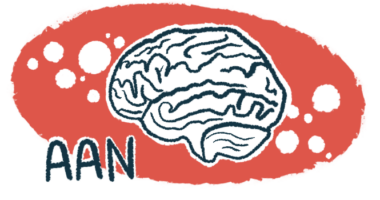ALS Scientists Say Older Stem Cells Will Offer More Accurate Results as They Seek Treatments

Scientists at Cedars-Sinai Board of Governors Regenerative Medicine Institute who are researching methods for enhancing stem cell models for amyotrophic lateral sclerosis (ALS) have found that “aging” the cells could improve studies for potential disease treatments. The mature cells more closely reproduce ALS pathology seen in patients, they said.
The research paper, “ALS disrupts spinal motor neuron maturation and aging pathways within gene co-expression networks,” was published online in Nature Neuroscience.
The use of induced pluripotent stem cells (iPSCs) for the modeling of ALS aims to reproduce the genesis, maturation, aging and pathological process in motor neurons, the cells affected in the degenerative condition. Scientists, through genetic manipulation, are able to return skin cells from ALS patients to an embryonic, or stem cell-like state, that can be grown into any type of cell in a petri dish. For ALS, researchers engineer them into spinal motor neurons and study their development and abnormalities.
However, it is still unclear if the in vitro model captures the critical developments seen in vivo in the degeneration of motor neurons in adult ALS patients. Researchers in this study investigated whether spinal neurons derived from iPSCs resembled fetal or adult spinal tissues. The findings indicated that iPSC-derived neurons were genetically more similar to fetal (immature) spinal neurons, which is a disadvantage when studying a disease that affects adults and mature adult neurons.
Through the study of genetic networks, the researchers also showed that ALS may affect neurons as they mature and exacerbate age-related changes.
The scientists believe such findings indicate that researchers need to devise strategies to further mature and age the in vitro stem cell-derived neurons in the dish, to established more effective and accurate models for ALS development and treatment studies.
“By knowing the gene expression patterns that define adult motor neurons in the spinal cord, we can push the iPSC-derived motor neurons in the right direction in the petri dish,” said senior author Dr. Clive Svendsen, director of the Cedars-Sinai Board of Governors Regenerative Medicine Institute and professor of medicine and biomedical sciences.






